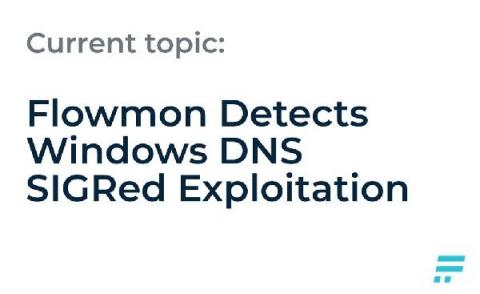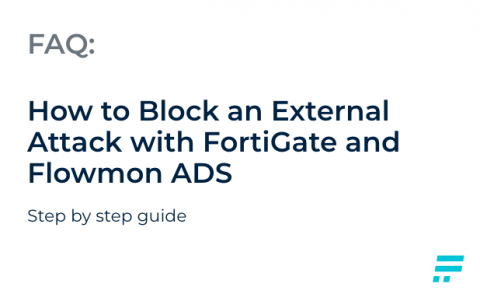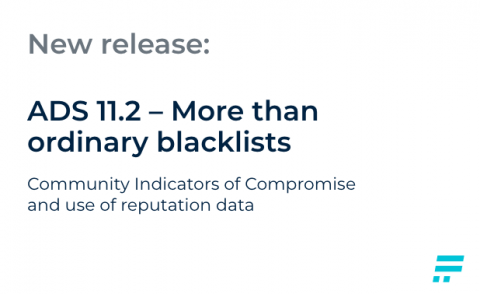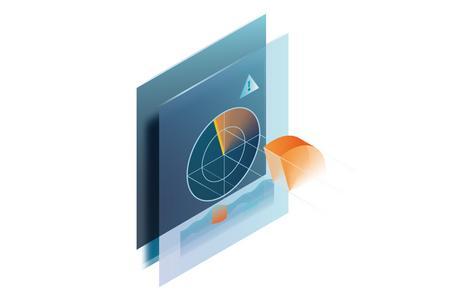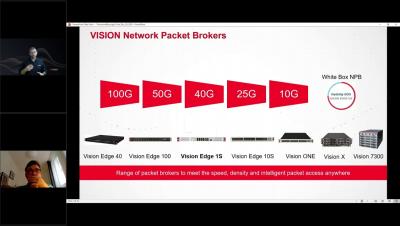Operations | Monitoring | ITSM | DevOps | Cloud
Flowmon
Flowmon Detects Windows DNS SIGRed Exploitation
The vulnerability called SIGRed (CVE-2020-1350) has been around for 17 years, during which time it was present in Windows Server operating systems from version 2003 through 2019 and received a maximum severity rating of 10. It was finally patched in July 2020. As the vulnerability allows an attacker to perform remote code execution on Windows Server via DNS, it poses an extremely serious danger and can propagate over the network without user interaction.
5 Network Security Trends to Watch in 2021
It is not only the COVID-19 pandemic and the associated rise of remote work that is shaping the everyday routine of network security practitioners. Let's take a look at 5 major trends in network security.
How to Block an External Attack with FortiGate and Flowmon ADS
It’s a question we hear often - how to use Flowmon to block an attack? Flowmon is not an inline appliance to stand in the path of inbound traffic, so we partner with 3rd party vendors who supply equipment like firewalls or unified security gateways. In this post, I’m going to show you how to instruct Fortinet’s firewall FortiGate via Flowmon ADS to block traffic in response to a detected anomaly or attack.
ADS 11.2 - More than ordinary blacklists
Improve your security posture with community Indicators of Compromise and use reputation data to detect threats in encrypted traffic. On the digital battleground, it pays to stay on your toes, but there are ways to make the work easier. Flowmon ADS 11.2 brings you new and refined methods of avoiding known threats and learning from attacks carried out against others. Main news.
Flowmon 11.1 - A time-saver
High-level information and speedy configuration for the busy network administrator. If you want to respond to network issues quickly and promptly, you can’t waste time digging for information. So how can Flowmon 11.1 help?
How Flowmon Helps to Detect SUNBURST Trojan Attack in Your Network
Flowmon Anomaly Detection System from Kemp now contains Indicators of Compromise (IoC) for the SUNBURST trojan specifically. Users of the Flowmon network detection and response (NDR) tool can check if they are under attack and set up measures to detect SUNBURST. This December, the world shook at the news of several US government bodies falling victim to a highly sophisticated attack.
Bridging Visibility Gaps in Hybrid Cloud Monitoring
When cloud adoption shifts from a new trend to daily reality, it causes headaches to everyone responsible for the performance, availability, and security of business services or apps. How do you monitor owned and rented infrastructure with all of their differences without creating visibility silos and ending-up with a bunch of disparate tools?



